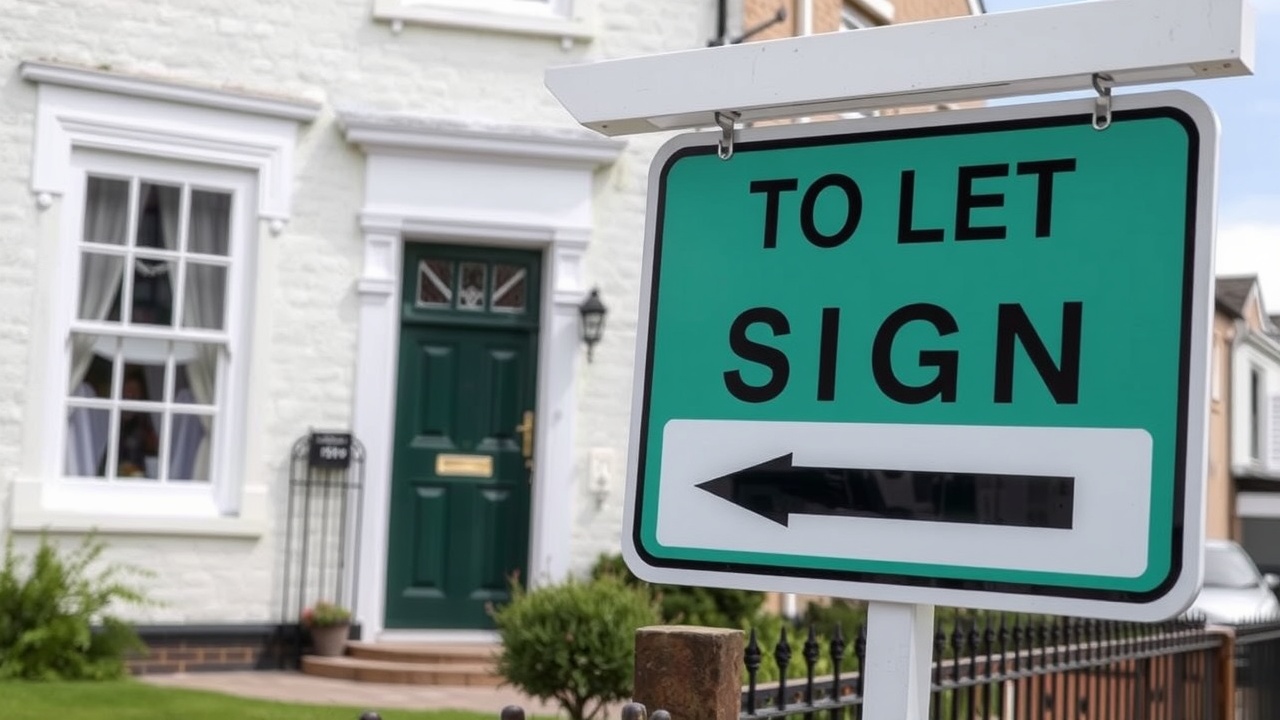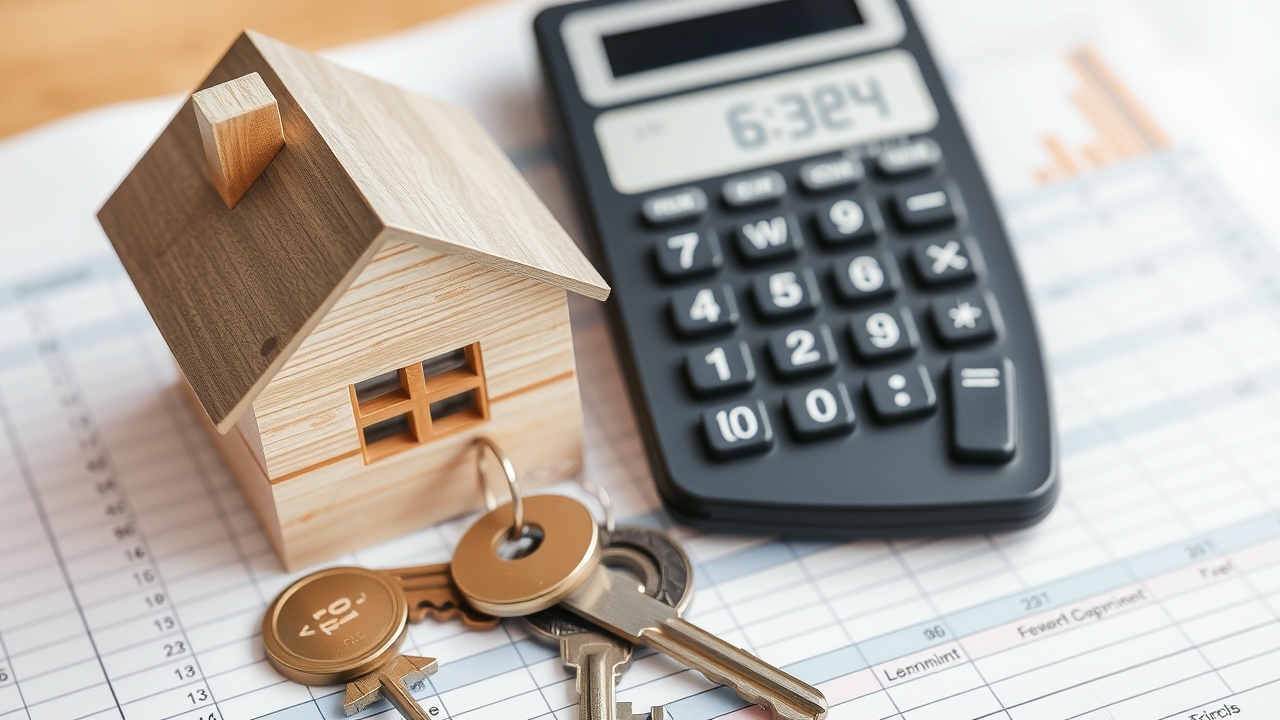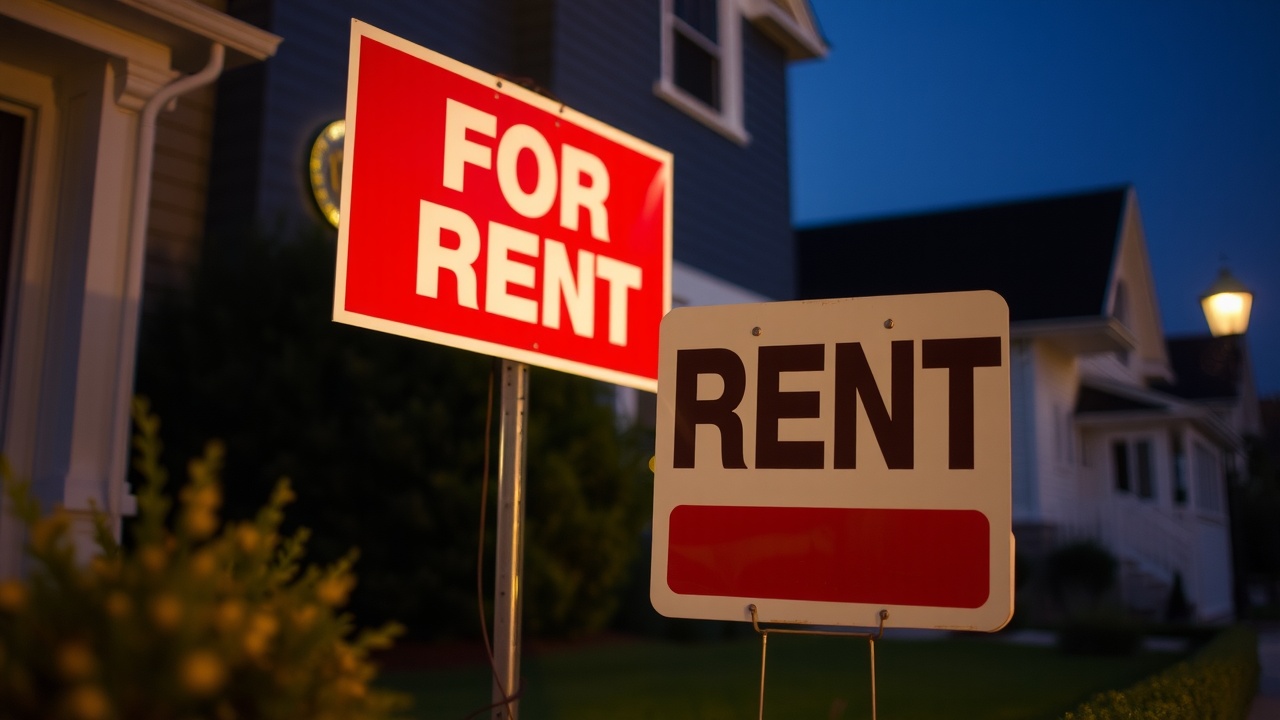
Landlords are facing difficulties due to slower rental growth and increased property taxes
Is buy-to-let still a profitable option?
As affordability pressures begin to bite and tenant demand cools, rents are increasing at the slowest rate in four years. For landlords, who have seen their earnings eroded in recent years by tax increases and stricter regulations, it is yet another setback.
According to the most recent rental market report from property listing website Zoopla, average UK rents rose by 20.8 percent in the 12 months ending in April. This raises the average monthly payment to 1,287.
The rental growth rate is less than half of the 6.4% growth rate that was observed the previous year. Additionally, it is behind inflation, which in April was 3 percent.
According to Richard Donnell, executive director of research at Zoopla, "Rather than an increase in rental supply, the slowdown is a result of weaker demand and ongoing affordability pressures."
Despite a 16 percent decrease from the previous year, the demand for rental properties is still 60% higher than it was prior to the pandemic.
Lower levels of migration for employment and education, which had previously peaked in 2022 - 2023, have reportedly contributed to the slowdown, according to Zoopla. Improved first-time buyer access to financing and mortgage rate stability have also contributed.
Because demand greatly exceeded supply following the pandemic, rents may also be reaching an affordability ceiling.
Increased rates for real estate.
Previously, investment properties offered attractive yields, but in recent years, stricter regulations and higher taxes have reduced returns.
For instance, when determining their taxable income, landlords used to be able to deduct their mortgage interest payments from their rental income. This indicated that they received tax relief at their marginal rate on this portion of their income.
This system was replaced by a 20 percent tax credit that was less generous for higher and additional-rate taxpayers as part of changes that were implemented gradually between 2017 and 2020.
Costs have also increased as a result of stamp duty changes. Following the Autumn Budget of last year, the stamp duty surcharge for those buying a second home has increased from 3 percent to 5 percent.
More strict rules, such as prohibiting no-fault evictions and capping rent increases at once a year, will also be introduced by the Renters Rights Bill, which is presently making its way through the House of Lords.
Although the new law is intended to shield renters from dishonest landlords, some contend that it will also make it more difficult to evict tenants for justifiable reasons.
The rental supply is declining as a result of some landlords selling up and leaving the industry.
Does buy-to-let still make sense?
Zoopla predicts that annual rental growth will increase to 34% by 2025, despite slowing to 28% in April. Some regions are growing more quickly than others. In April, rents in Belfast increased by 11.5 percent, the largest annual change. In Leeds, rents decreased by 0.5 percent.
Rightmove, Rental Trends Tracker, Q1 2025 is the source.
Even though landlords have been under pressure lately, these yields still appear to be fairly appealing. However, after all expenses are deducted, it's crucial to assess whether you can match these average levels.
This could cover expenses for a mortgage, upkeep, a rental agent, insurance for landlords, and more. Additionally, you will be losing money if there are empty spaces between tenants during which no rent is received.
You will also need to determine if the hassle is worthwhile if you are handling the property management yourself. For comparison, with significantly less work and risk, certain multi-year fixed-rate savings accounts are currently yielding about 4.5 percent.
A property, of course, has the potential to increase in value if home prices rise, whereas cash does not offer the same chance of capital appreciation.














Leave a comment on: Does buying to rent still make sense now that rents are rising at the slowest rate in four years?